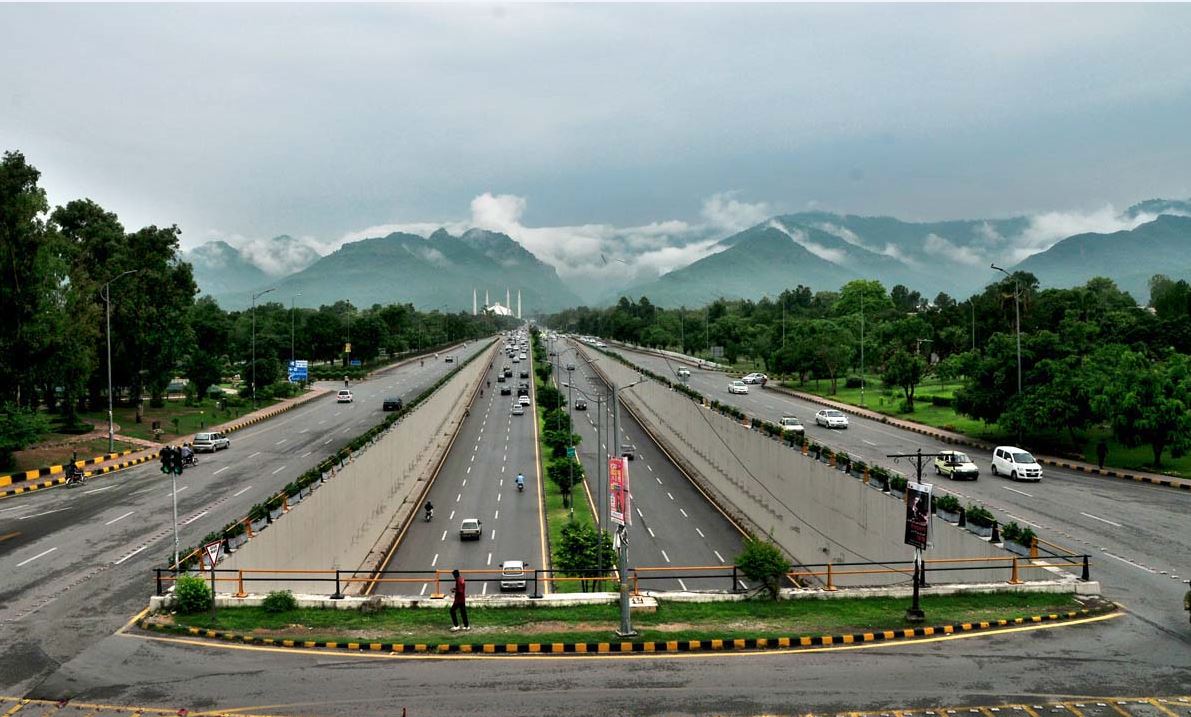ISLAMABAD: The federal capital residents on Wednesday received a fresh breather as months-long soaring air pollution plummeted after much-awaited rainfall and the air quality was reported healthy.
The air quality was healthy as the air pollutants ratio in the atmosphere was below the permissible limits of the national environmental quality standards of Pakistan Environmental Protection Agency.
The Pakistan Environmental Protection Agency (Pak-EPA) daily air quality report indicated a reduced ratio of air pollutants, recorded below permissible limits.
The agency is responsible to ensure the protection of the environment under the Pakistan Environmental Protection Act 1997.
The hazardous air pollutant particulate matter of 2.5 microns (PM2.5), which was a hazardous atmospheric contaminant, remained 30.97 micro grammes per cubic meter on average which was lower than the national environmental quality standards (NEQS) of 35 mic-programmes per cubic meter and denoted the air quality healthy.
PM 2.5 is generated through the combustion of an engine, industrial emissions, burning garbage or inflammable material and dust blown up by fast-moving cars plying on non-cemented patches of the roads.
The ratio of nitrogen dioxide and sulphur dioxide (NO2&SO2 respectively) also remained below the NEQS that were mostly produced during the industrial emissions from the factories involving complex and extraordinary chemicals’ use in production processes.
The NO2 remained 10.20 microgrammes per cubic meter and SO2 was 10.63 microgrammes per cubic meter.
The EPA officials claimed that the vehicular emissions due to increased automobiles was one of the leading cause of bad air quality. Industrial emissions were already subsided due to carbon-absorbing advanced technology installed at various steel manufacturing units.
According to health experts, the prolonged dry winters resulted in perpetuated presence of hazardous air contaminants in the atmosphere that made respiratory diseases and pneumonia endemic in the federal capital.
The population of the metropolis witnessed an abnormal rise in fog as well which was thicker and adamant then the previous years.
Official of Ministry of Climate Change and Environmental Coordination told APP that there was no let up in air pollution and fog since the onset of the winters due to dry weather, increased anthropogenic activities and shift in the weather pattern resulted unprecedented polluted air in the federal capital.
The climatologists and weather experts are compiling the data on the phenomenon to track and trace the exact causes of the peculiar weather occurrence.
Newspakistan.tv/APP





